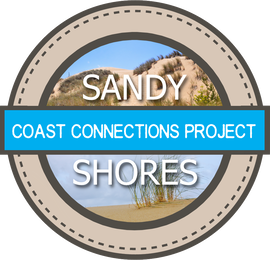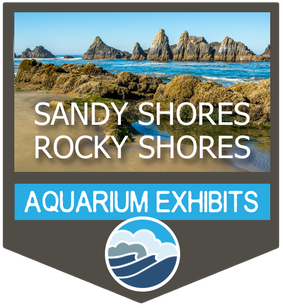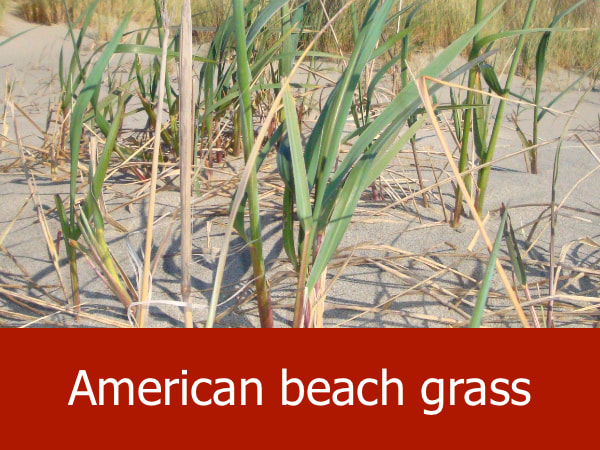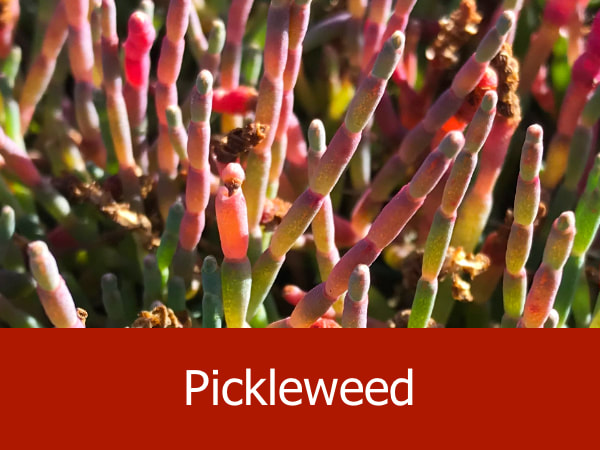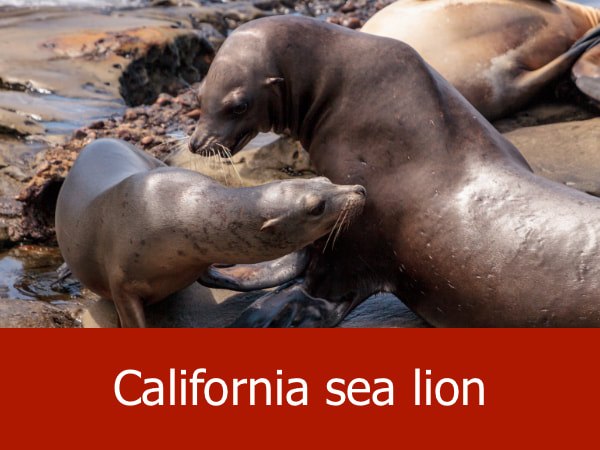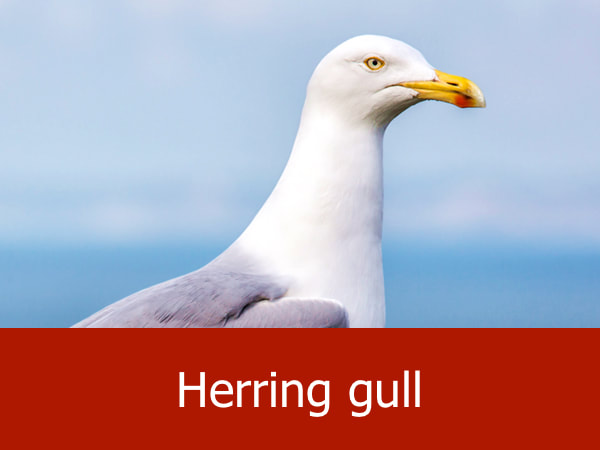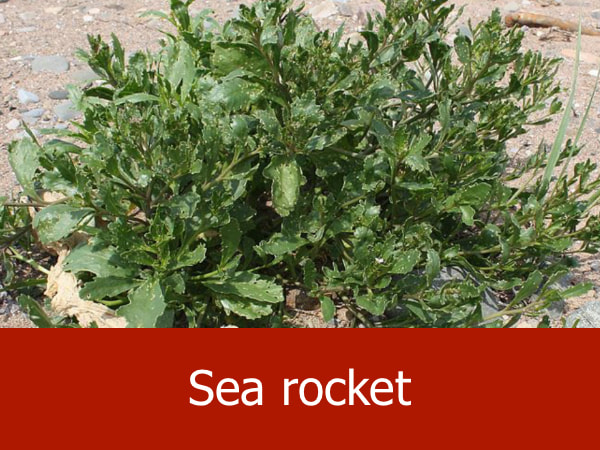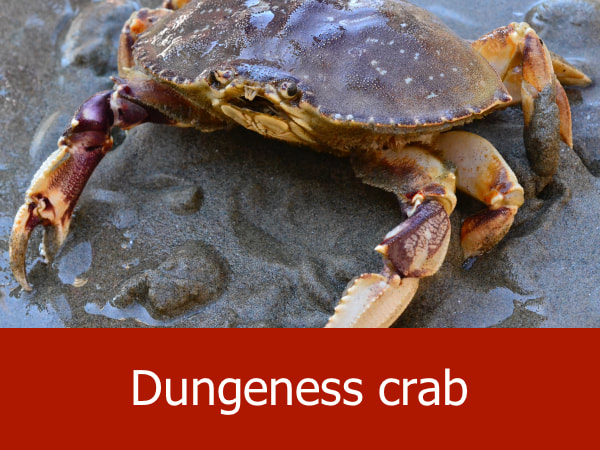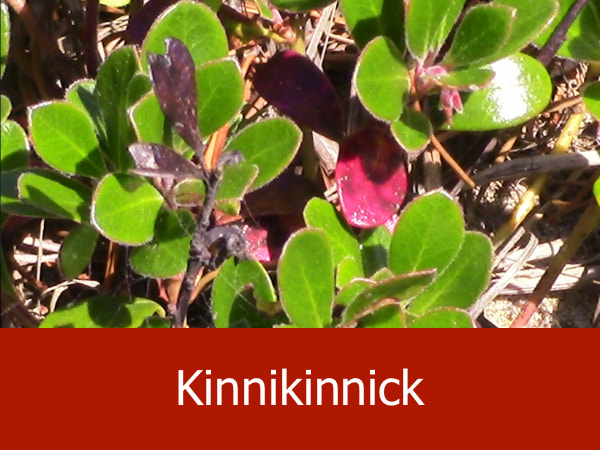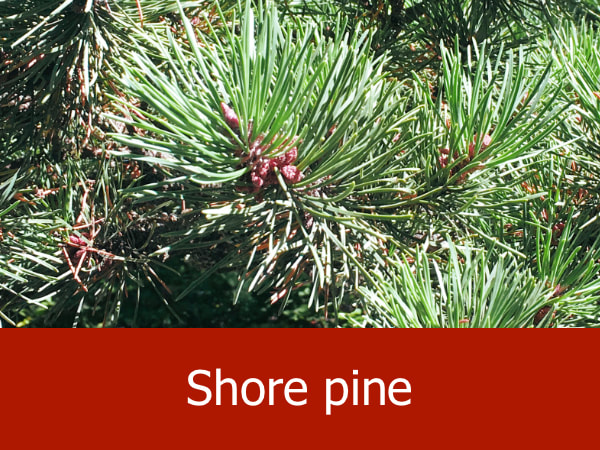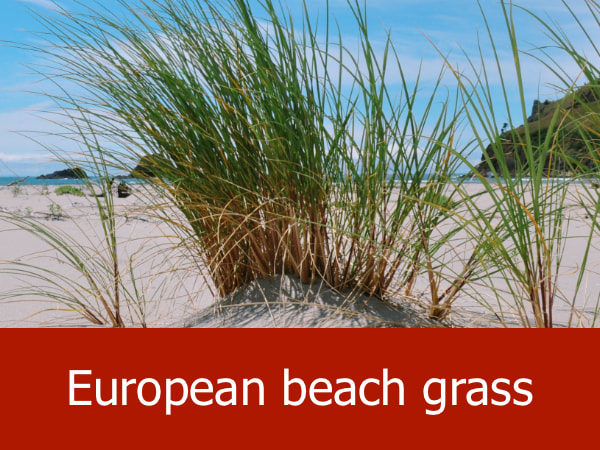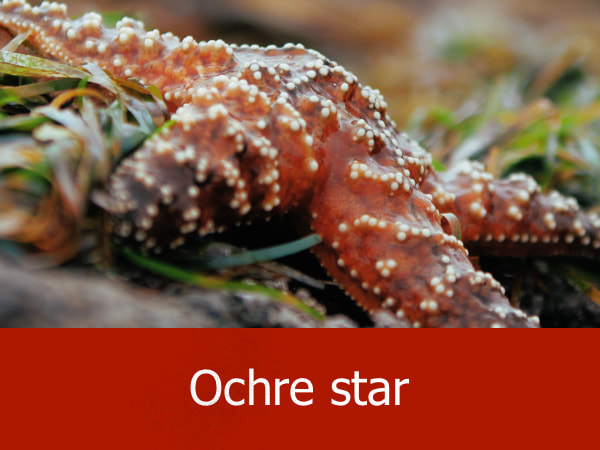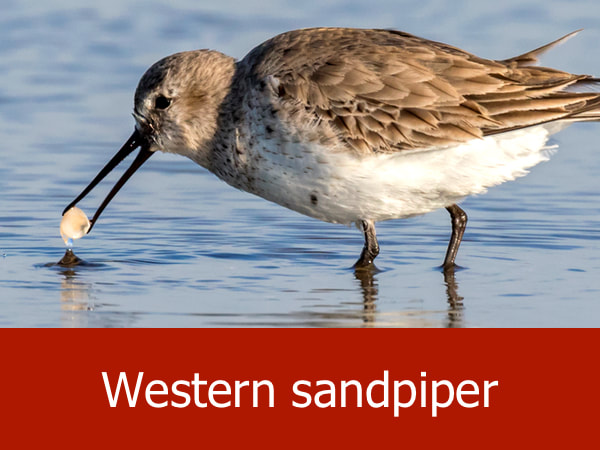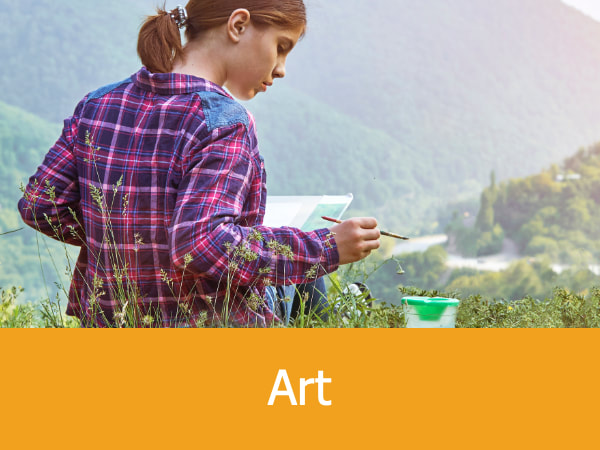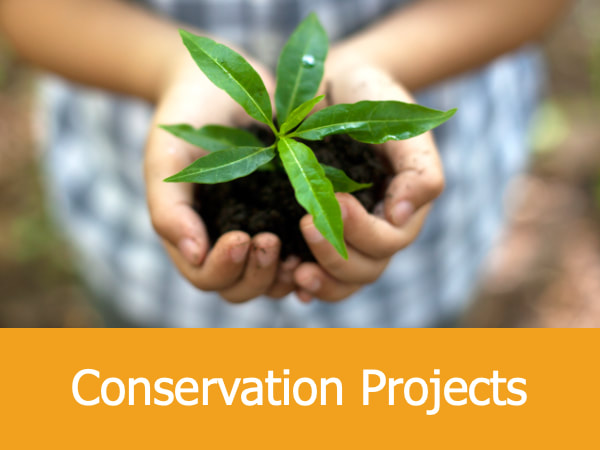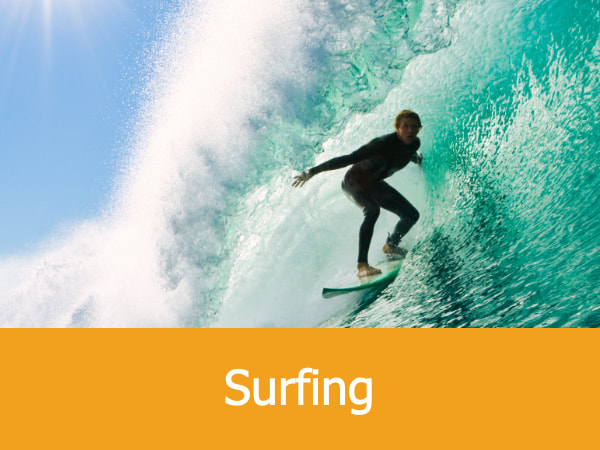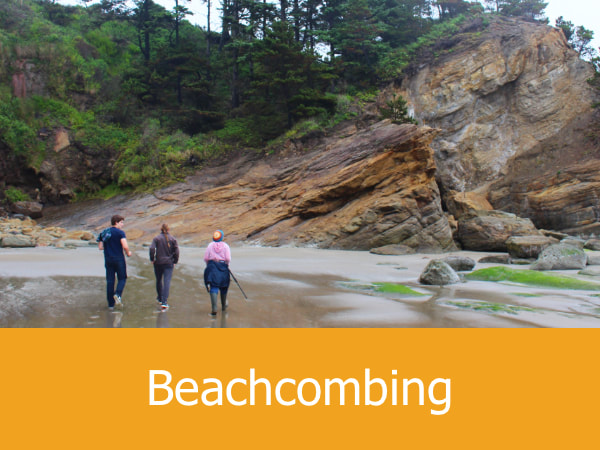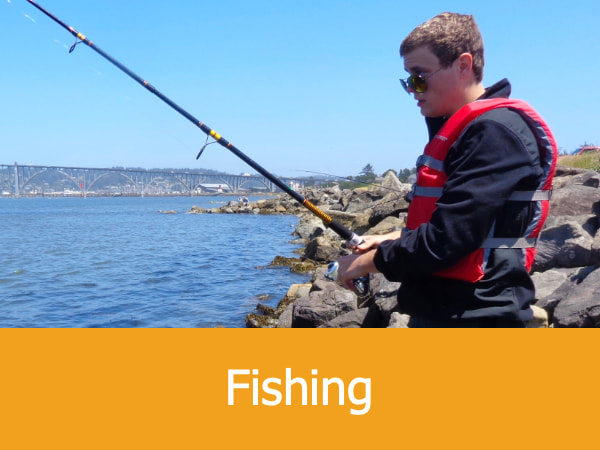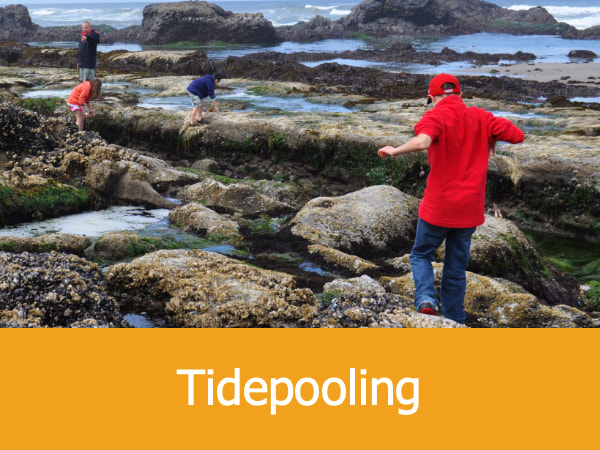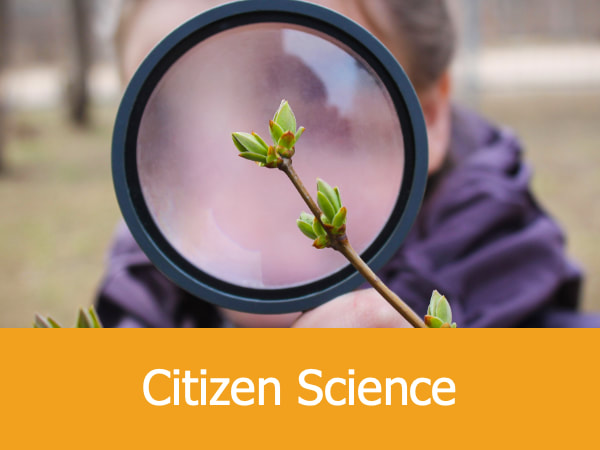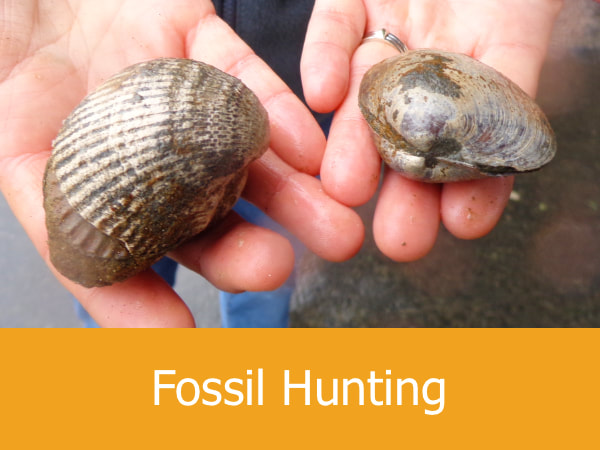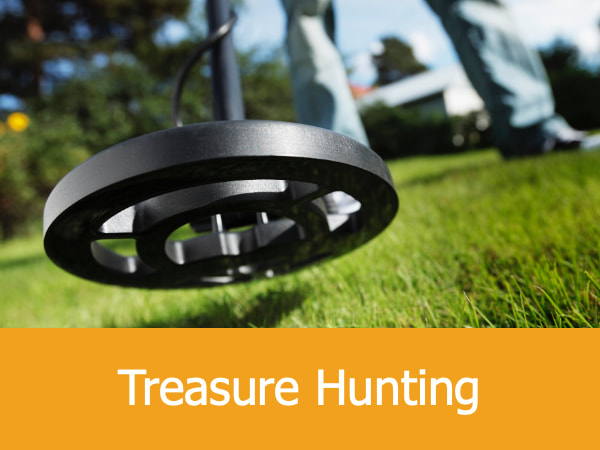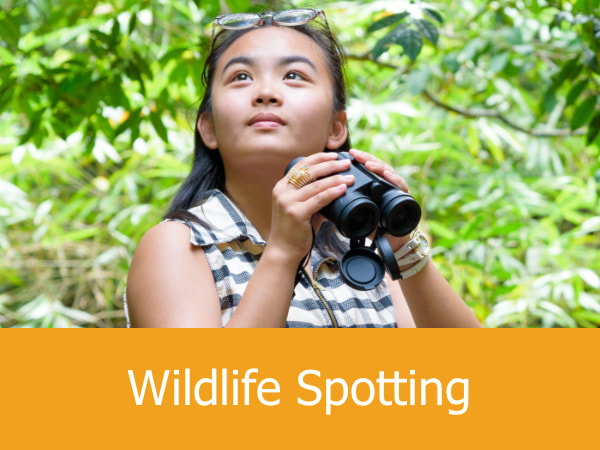|
ECOSYSTEMS > OREGON COAST
A beach is a narrow ecosystem where land meets a body of water. You might imagine a beach as a stretch of gleaming white sand bordered by towering palm trees swaying in a tropical breeze. While this is a popular and romantic image, it certainly doesn’t represent any of the beaches in Oregon. In fact, the Oregon Coast is a combination of two types of beaches:
|
|
What Is A Beach Anyway?
|
It might seem like a no-brainer, but it can be difficult to identify a beach at first glance. For example, did you know a beach can occur along a lake or river, too? In fact, a beach is any landform which borders any body of water and usually consists of loose materials deposited there by the flow of water. These materials can include sand, gravel, pebbles or small rounded stones called cobblestones. In rare occasions, beaches can also be formed by the accumulation of biological debris, such as shells or certain types of algae.
Although beaches may look barren and lifeless at first glance, all sorts of animals live beneath the surface. Microorganisms eat away at organic debris and feed larger animals like shellfish — which in turn feed birds, mammals and people. Because the nearby water will flood, change and even destroy beaches, they are considered an unstable environment. But this constant change is also what makes them fertile. Each new wave brings fresh food and oxygen, sustaining the organisms hidden beneath all that sand. If enough sand has accumulated nearby, then a variety of plant communities may flourish. In Oregon, you’re most likely to see thick European or American beach grass dominating the dunes. While picturesque, these invasive (non-native) grasses were intentionally planted on the Oregon Coast during the early twentieth century as a way to stabilize the dunes and curb blowing sand. Sadly, the invasives have forced out native plants like sea rocket, pearly everlasting and beach daisies — dramatically changing the coastal ecosystem forever. |
Where Can I Find Great Oregon Beaches?
|
Cannon Beach and Vicinity
GPS Coordinates: 45.8849126, -123.9949378 |
|
Agate Beach, Newport and Vicinity
GPS Coordinates: 44.6773261, -124.0705573 |


